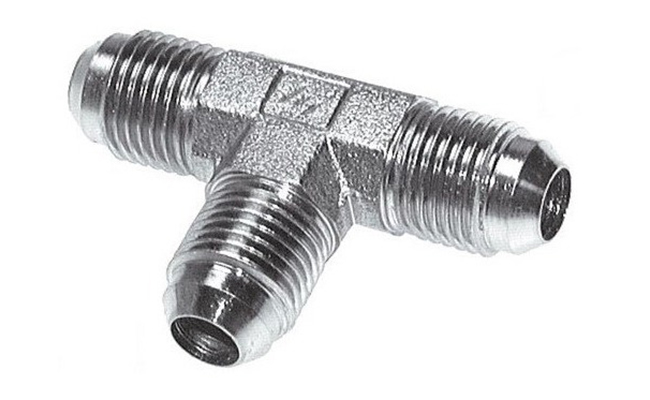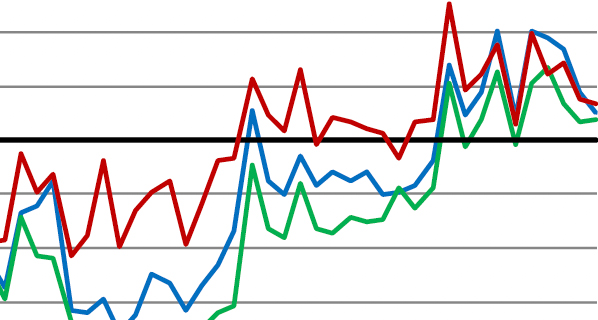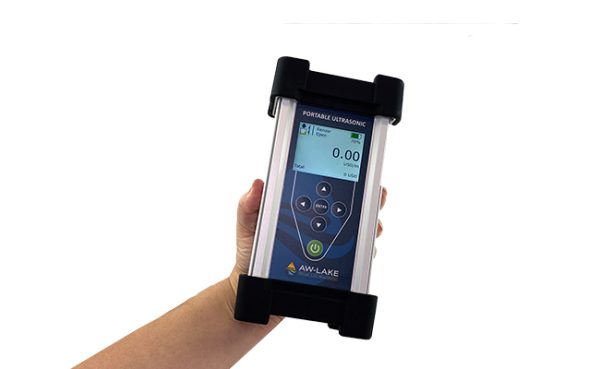Follow-Up: Properly Installing JIC Hydraulic Fittings
 This follow-up concerns an article titled “Screwed on Right: The Pros and Cons of JIC Hydraulic Fittings,” published in the April 2022 issue of Fluid Power Journal.
This follow-up concerns an article titled “Screwed on Right: The Pros and Cons of JIC Hydraulic Fittings,” published in the April 2022 issue of Fluid Power Journal.
By Randy Foster, Director of Engineering, Hose and Coupling Products, Jason Industrial
An important aspect regarding the correct installation of JIC hydraulic fittings was not addressed in the April article. During tightening, whether according to torque specifications or by the number of flats tightened beyond finger tight, the male and female ends must have no relative rotation. This is why most straight hose connections made for the U.S. market have hexagon features behind the nut, allowing use of a backing wrench. Some international designs do not have the hexagon feature, and users must employ other suitable means. If rotation is allowed during tightening, the mating surface and components can be damaged, either by permanent deformation or even cracking, without ever reaching the proper torque value. This is especially evident on size connections less than -16. Also, if the mating parts are well used or have been over torqued, the seating surfaces should be checked for deformation damage before reconnecting. When over torqued, these connectors can deform to a neutral angle up to 45°, compromising the resealing reliability.
Users should refer to SAE J514 and ISO 8434-2 for details relating to the geometry, dimensions, and testing of this type of connection.
To respond to an article published in Fluid Power Journal, please email editor@fluidpowerjournal.com.







